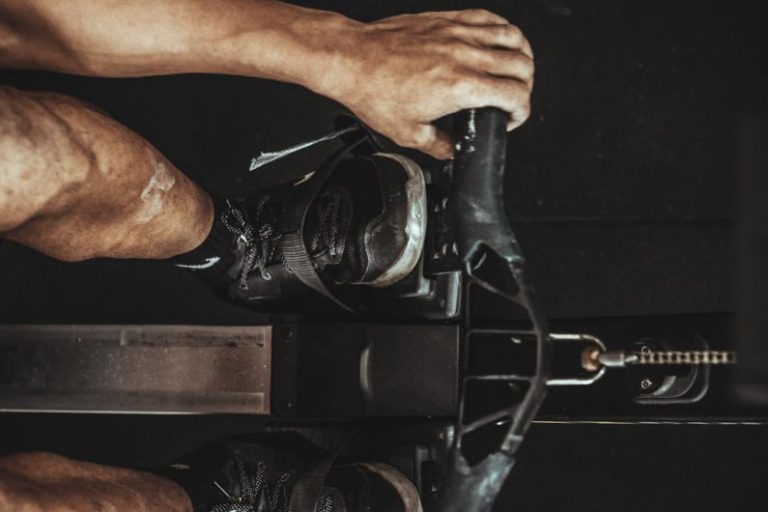
Rowing is an excellent full-body workout that offers numerous health benefits, from improved cardiovascular fitness to increased muscle strength. However, like any sport or physical activity, rowing comes with the risk of injuries. Understanding the common rowing injuries and taking preventative measures is crucial for athletes to stay healthy and perform at their best.
**Understanding the Common Rowing Injuries**
One of the most prevalent injuries among rowers is lower back pain. The repetitive motion of rowing can strain the lower back muscles and lead to discomfort or more serious injuries if not addressed properly. Additionally, rowing can put stress on the shoulders, leading to conditions such as rotator cuff injuries or shoulder impingement. Wrist and hand injuries are also common among rowers due to the grip and pressure placed on these areas during rowing strokes.
**Preventing Lower Back Pain**
To prevent lower back pain, rowers should focus on maintaining proper form throughout their strokes. Engaging the core muscles and keeping the back straight can help distribute the workload evenly and reduce strain on the lower back. Strengthening the core muscles through targeted exercises can also provide added support to the spine and reduce the risk of injury.
**Protecting the Shoulders**
To protect the shoulders from injuries, rowers should pay attention to their technique and avoid overreaching or pulling too aggressively during the stroke. Strengthening the muscles around the shoulders, such as the rotator cuffs, can help stabilize the joints and prevent common injuries. Additionally, incorporating shoulder mobility exercises into the training routine can improve flexibility and reduce the risk of impingement.
**Preventing Wrist and Hand Injuries**
Wrist and hand injuries can be prevented by using proper rowing technique and equipment. Maintaining a relaxed grip on the oar and avoiding excessive tension in the hands and wrists can help reduce the strain on these areas. Rowers should also ensure that their equipment, such as gloves or grips, fits properly and provides adequate support to the hands during rowing sessions.
**Staying Injury-Free with Proper Warm-Up and Cool-Down**
In addition to focusing on technique and form, rowers should prioritize warming up before each session and cooling down afterward. A proper warm-up routine can help prepare the muscles and joints for the demands of rowing, reducing the risk of strains or injuries. Cooling down with stretching exercises can help alleviate muscle tightness and promote recovery after a workout.
**Listening to Your Body**
One of the most important aspects of injury prevention in rowing is listening to your body. Ignoring pain or discomfort can lead to more serious injuries down the line. If you experience persistent pain or notice any unusual symptoms, it is crucial to seek medical attention and address the issue promptly. Resting when needed and allowing the body to recover is essential for long-term health and performance.
**Conclusion: A Healthy Approach to Rowing**
In conclusion, staying injury-free in rowing requires a combination of proper technique, strength training, flexibility, and listening to your body. By understanding the common rowing injuries and taking proactive steps to prevent them, athletes can enjoy the benefits of rowing while minimizing the risk of setbacks. Remember, prioritizing your health and well-being is key to achieving success and longevity in any sport, including rowing.





